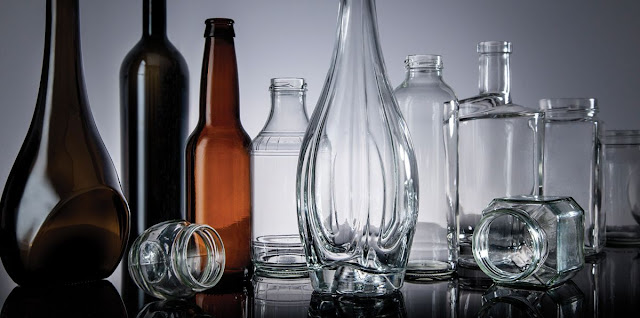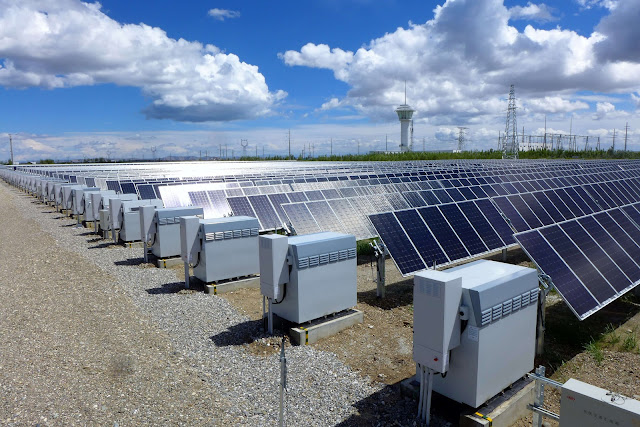Labelling Made Easy: Understanding Pressure Labels
 |
| Pressure Labels |
Stickers and Pressure labels
share many similarities. In order for the glue and the product to adhere
together, pressure is necessary. Because these labels are self-adhesive, they
may be applied to products without the need for heat, solvents, or water. With
vivid, vibrant colours produced in a variety of applications, this labelling
achieves the ideal mix between cost-effectiveness and luxury brand appeal.
Pressure labels: how are they made?
Several printing processes are
used to manufacture pressure
labels. These can include thermal, digital, and flexographic printing.
PSLs, in their simplest form, combine a substrate, label material, adhesive,
and ink to produce artwork that is applied to the objects you see every day.
Your packaging, which may be made
of almost anything, including glass, clear plastic, jars, and bottles, may have
our pressure-sensitive labels applied to both the front and back. The size of
our labels can also vary, from a little strip to a huge jug and beyond. For
items that must withstand tough indoor or outdoor settings, these labels are
ideal.
Use of Pressure Labels
Once mastered, the die-cut label
printing procedure is reasonably rapid and reproducible, and the labels are
often simple to affix to the product. Die-cut labels are really relatively
economical when printed in large quantities, despite the fact that you'd assume
the complicated forms would make them pricey. Naturally, this changes according
to the kind of die-cutting procedure (like flatbed, rotary, semi-rotary, or
laser die-cutting), Hence, discuss the method your label designer uses and how
it may impact price with them.
How to Apply Pressure Labels?
Pressure-sensitive labels may be
used with almost any application configuration, which is one reason to pick
them. Just remove the liner and push firmly to apply pressure-sensitive labels
by hand. They are just as simple to use as the complex application equipment
normally used in high-speed filling lines.
Pressure-sensitive labels can
also be applied with smaller desktop label application tools, labelling guns,
and dispenser boxes.
What Benefits Do Pressure Labels Offer?
Many benefits of
pressure-sensitive labels include, but are not limited to:
Application ease
Flexibility
Strong impact
Top-notch graphics
Label reliability and longevity
Several different label shapes
Many print techniques
Printing variable information (VIP)
What are the layers of a pressure label?
A pressure-sensitive label is a three-layered, self-adhesive label.
Facestock is the
first layer, on which the artwork and text are printed.
Adhesive is the
second layer, which permits the label to adhere to objects.
Release
liner is the third layer, it safeguards the adhesive until the
label is ready to be applied.



Comments
Post a Comment